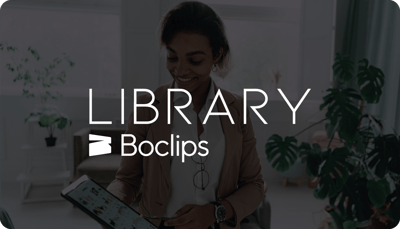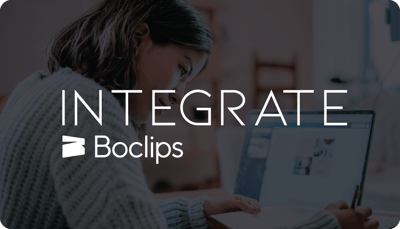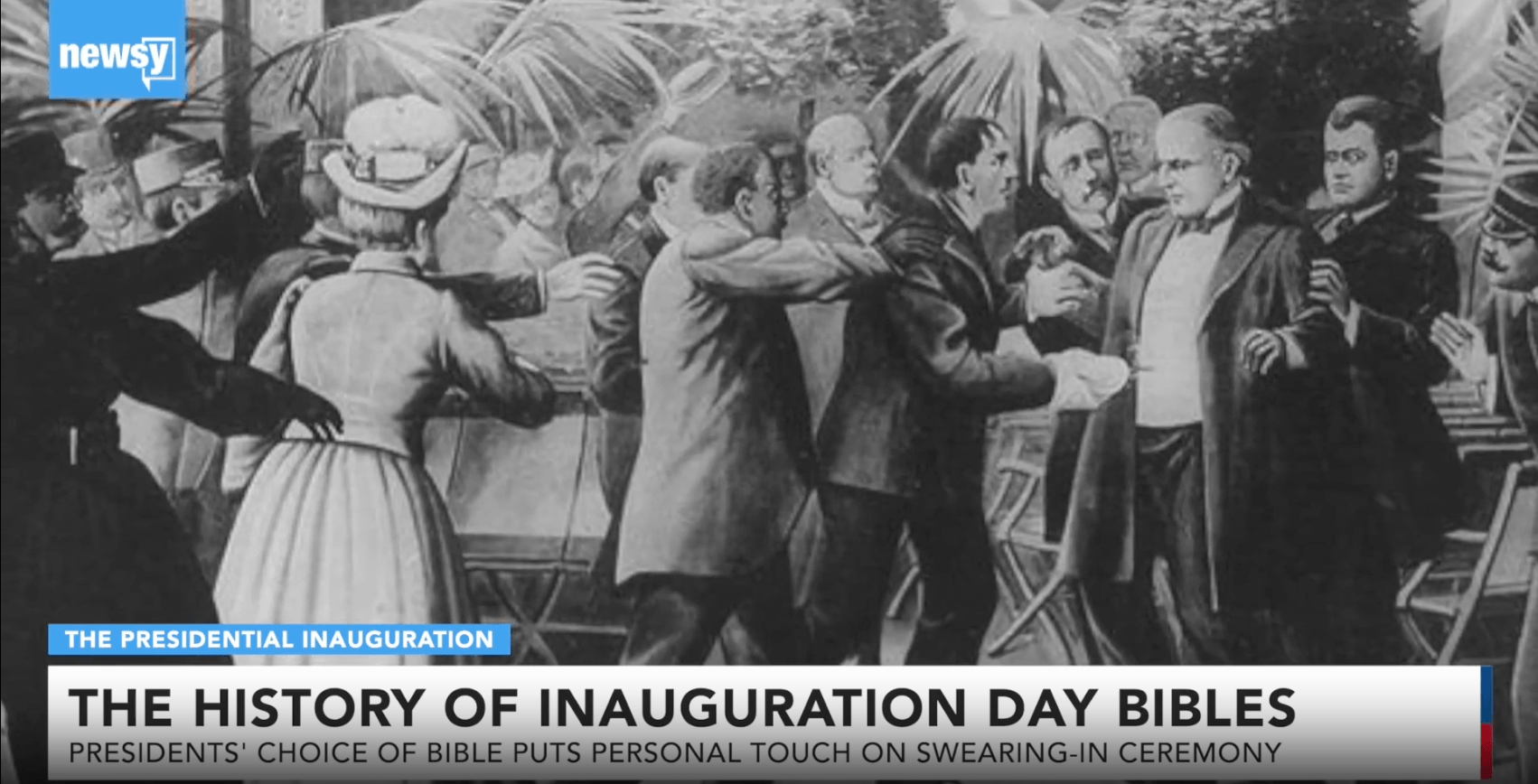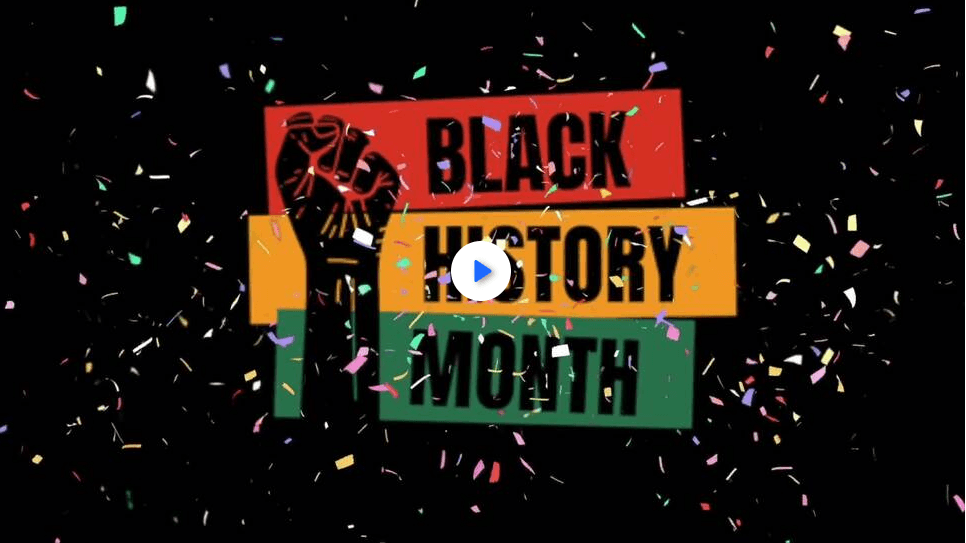As Generation Z grows up and advances through their educational careers, the demand for video in education has increased. In 2019, a Kaltura survey found that 82% of teachers reported that the number of students demanding video in the classroom was increasing. As people come of age with current-generation tech in their lives from a young age, these digital-native students are accustomed to using the internet with easy intuition. These students need engaging and sophisticated tools and materials for both synchronous and asynchronous work within and without the classroom. Video is the way to effectively engage these learners. How effectively?
In the aforementioned Kaltura survey, 92% of teachers said video in the classroom increased student satisfaction with their learning experience. It’s not just the students who reap the benefits of educational video, though. In another survey by Houghton Mifflin, 82% of teachers surveyed said that technology empowered them to strengthen their teaching in ways they would not have been able to do otherwise.
So, how does someone know if an educational video is effective enough to meet the needs of digital-native students? The answer is that effective educational video must be…
Short. Less than 3 minutes in length is the ideal. This can take the form of one longer video broken up into shorter clips deployed at strategic intervals over the course of a lesson.
Relevant. The educational videos must be up to content and curriculum standards and appropriate for the age and/or grade-level of the students.
Distraction-free. This means no ads, requests to subscribe, recommended videos, or comment sections cluttering the space and challenging student focus.
Engaging. It’s helpful to ask what can a student get from a video that simply isn’t accessible with text? Talking-head style footage where a single person recites information to the audience without visual representations of the content and flat, verbatim repetitions of text explanations are distinctly h engaging. They do not add to what students can find in the text and fail to utilize the visual power of video to make educational content as engaging as digital-native students need it to be.
Accessible. This means there are tools in place for the video to be accessed and understood by students of different ability ranges. Some examples of accessibility tools include high-quality captions, audio description tracks, clear speech at standard or slower speed, and translated subtitles and dubbing. It’s important to avoid or limit images and text that are not represented by voiceover, narration, or audio description. If the video could stand up as a podcast, a solely auditory experience, then that’s a good sign of its accessibility.

There are many uses for educational videos, but their value can be conceptualized as three goals:
1. Engage Audio-Visual Learners. The educational power of animation cannot be understated! It’s important to engage learners with exciting visuals supported by quality narration and animation has proven to have a strong impact.
2. Provide Perspective. Videos are windows into other worlds and other worldviews. Videos should strive to expose learners to diverse voices and perspectives and give them the opportunity to learn from experts. Educational videos can immerse learners in different cultures, show them the real-life implications of what they’re learning about, and generally learn about the world.
3. Think Outside the Screen. Many learners and educators do the best they can with the resources they have. When material circumstances make it challenging to enact an experiment in science class, watching a video of the experiment can ease the logistical burden. Videos about art or physical activity can inspire movement and artistic creation. Videos that show learners the world can inspire action and art, as well as education.
The internet of today is saturated in video. It’s everywhere you look: ads that crowd the margins of articles, video platforms bursting with user-created content, and streaming apps full of digital content. Within this jungle of content, educators and learners alike search for the right educational video to support learning. They can find plenty of low-quality videos, high-quality videos that are unaligned to course needs, curriculum-aligned videos that have an unsuitable pedagogical approach, and there are also relevant educational videos that require a time- and resource-draining rights-clearing process to access. YouTube, a wide-ranging video platform, comes with its own especially tricky draw-backs. Students can get distracted by the endless scroll of videos, and the overgrown, overwhelming amount of video content can be difficult to navigate well. In a recent survey, it took educators 2-3 hours to find the appropriate, pedagogically aligned video that also aligns with their curriculum. This cost of time and energy is far too high for the inconsistent result the whole process produces.
Boclips is here to take the exhaustion and uncertainty out of finding premium educational video content. With 2.2 million Ed-Ready videos from more than 550 award-winning brands such as Ted, the Economist, and Bloomberg, Boclips offers a generous range of video content found on places like YouTube without the hassle and uncertainty. Boclips educational videos are aligned with over 17 curricula and educational standards, meaning that no one has to wonder whether the quality video they find will fully support the lesson. But you may be wondering, what is Ed-Ready video?
Ed-Ready videos are educational videos you can trust and rely on. For a video to be Ed-Ready at Boclips, it means the videos of the Boclips Library are.
Curated from the world’s most popular media and creator brands.
Aligned with the learning objectives of circular standards on a global scale.
Accessible, with subtitles available in over 50 languages.
Verified, with information provenance guaranteed—videos come directly from trusted sources.
Distraction-free due to being designed for education and a total absence of ads.
Boclips is also proud to announce that a new video highlights feature is currently in beta. With AI-recommended highlights, Boclips offers the right moment in the right video to spark learning. A fluid tool with vast potential, video highlights can save valuable time in lesson planning and lesson proctoring without sacrificing informational impact. Students will be able to maximize their focus and reap the benefits of personalized education that video highlights can provide.
Boclips
Boclips is on a mission to make learning more captivating with video with an easier, safer way to access videos from the world’s leading video producers.
- #Video in Digital Learning
- #Classroom
- #Educational Videos
- #Tips for Using Video
- #Video Content Partners
- #Boclips for Publishers
- #Issues in Education
- #News and Announcements
- #Educational Videos by Subject Area
- #Events & Holidays
- #Video and Teaching Tools
- #Teaching Methodologies
- #Education Videos
- #Video and Digital Literacy
- #Short Educational Videos
- #Instructional Design
- #Multimodal Learning
- #Video and Student Safety
- #Accessibility in Education
-3.png?width=390&height=223&name=Untitled%20design%20(2)-3.png)


.png?width=1152&height=660&name=Copy%20of%20Untitled%20Design%20(1).png)


